1.Identification
1.1 GHS Product identifier
| Product name | benomyl |
|---|
1.2 Other means of identification
| Product number | - |
|---|---|
| Other names | Benlate 50 |
1.3 Recommended use of the chemical and restrictions on use
| Identified uses | For industry use only. Fungicide |
|---|---|
| Uses advised against | no data available |
1.4 Supplier's details
| Company | MOLBASE (Shanghai) Biotechnology Co., Ltd. |
|---|---|
| Address | Floor 4 & 5, Building 12, No. 1001 North Qinzhou Road, Xuhui District, Shanghai, China |
| Telephone | +86(21)64956998 |
| Fax | +86(21)54365166 |
1.5 Emergency phone number
| Emergency phone number | +86-400-6021-666 |
|---|---|
| Service hours | Monday to Friday, 9am-5pm (Standard time zone: UTC/GMT +8 hours). |
2.Hazard identification
2.1 Classification of the substance or mixture
Skin irritation, Category 2
Skin sensitization, Category 1
Specific target organ toxicity – single exposure, Category 3
Germ cell mutagenicity, Category 1B
Hazardous to the aquatic environment, short-term (Acute) - Category Acute 1
Hazardous to the aquatic environment, long-term (Chronic) - Category Chronic 1
Reproductive toxicity, Category 1B
2.2 GHS label elements, including precautionary statements
| Pictogram(s) | 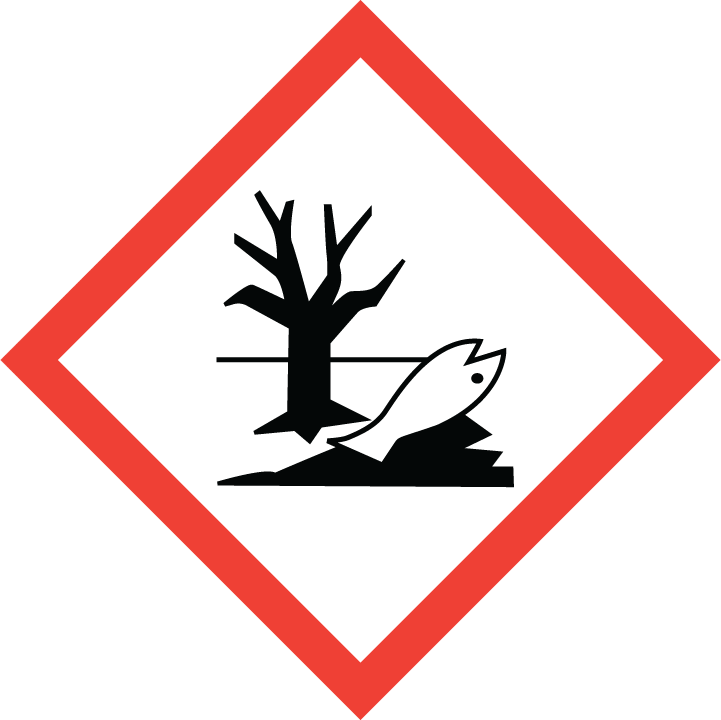   |
|---|---|
| Signal word | Danger |
| Hazard statement(s) | H315 Causes skin irritation H317 May cause an allergic skin reaction H335 May cause respiratory irritation H340 May cause genetic defects H410 Very toxic to aquatic life with long lasting effects H360FD |
| Precautionary statement(s) | |
| Prevention | P264 Wash ... thoroughly after handling. P280 Wear protective gloves/protective clothing/eye protection/face protection. P261 Avoid breathing dust/fume/gas/mist/vapours/spray. P272 Contaminated work clothing should not be allowed out of the workplace. P271 Use only outdoors or in a well-ventilated area. P201 Obtain special instructions before use. P202 Do not handle until all safety precautions have been read and understood. P273 Avoid release to the environment. |
| Response | P302+P352 IF ON SKIN: Wash with plenty of water/... P321 Specific treatment (see ... on this label). P332+P313 If skin irritation occurs: Get medical advice/attention. P362+P364 Take off contaminated clothing and wash it before reuse. P333+P313 If skin irritation or rash occurs: Get medical advice/attention. P304+P340 IF INHALED: Remove person to fresh air and keep comfortable for breathing. P312 Call a POISON CENTER/doctor/…if you feel unwell. P308+P313 IF exposed or concerned: Get medical advice/ attention. P391 Collect spillage. |
| Storage | P403+P233 Store in a well-ventilated place. Keep container tightly closed. P405 Store locked up. |
| Disposal | P501 Dispose of contents/container to ... |
2.3 Other hazards which do not result in classification
none
3.Composition/information on ingredients
3.1 Substances
| Chemical name | Common names and synonyms | CAS number | EC number | Concentration |
|---|---|---|---|---|
| benomyl | benomyl | 17804-35-2 | none | 100% |
4.First-aid measures
4.1 Description of necessary first-aid measures
General advice
Consult a physician. Show this safety data sheet to the doctor in attendance.
If inhaled
Fresh air, rest.
In case of skin contact
Remove contaminated clothes. Rinse and then wash skin with water and soap.
In case of eye contact
Rinse with plenty of water for several minutes (remove contact lenses if easily possible).
If swallowed
Rinse mouth.
4.2 Most important symptoms/effects, acute and delayed
Exposure Routes: inhalation, ingestion, skin and/or eye contact Symptoms: Irritation eyes, skin, upper respiratory system; skin sensitization; possible reproductive, teratogenic effects Target Organs: Eyes, skin, respiratory system, reproductive system (NIOSH, 2016)
4.3 Indication of immediate medical attention and special treatment needed, if necessary
Basic treatment: Establish a patent airway. Suction if necessary. Watch for signs of respiratory insufficiency and assist ventilations if necessary. Administer oxygen by nonrebreather mask at 10 to 15 L/min. Monitor for shock and treat if necessary ... . Anticipate seizures and treat if necessary ... . For eye contamination, flush eyes immediately with water. Irrigate each eye continuously with normal saline during transport ... . Do not use emetics. For ingestion, rinse mouth and administer 5 ml/kg up to 200 ml of water for dilution if the patient can swallow, has a strong gag reflex, and does not drool. Administer activated charcoal ... . /Dithiocarbamates and related compounds/
5.Fire-fighting measures
5.1 Extinguishing media
Suitable extinguishing media
Fires involving this material can be controlled with a dry chemical, carbon dioxide or Halon extinguisher. A water spray may also be used.
5.2 Specific hazards arising from the chemical
Literature sources indicate that this chemical is nonflammable.
5.3 Special protective actions for fire-fighters
Wear self-contained breathing apparatus for firefighting if necessary.
6.Accidental release measures
6.1 Personal precautions, protective equipment and emergency procedures
Use personal protective equipment. Avoid dust formation. Avoid breathing vapours, mist or gas. Ensure adequate ventilation. Evacuate personnel to safe areas. Avoid breathing dust. For personal protection see section 8.
6.2 Environmental precautions
Personal protection: particulate filter respirator adapted to the airborne concentration of the substance. Do NOT let this chemical enter the environment. If appropriate, moisten first to prevent dusting. Sweep spilled substance into covered containers. Carefully collect remainder. Then store and dispose of according to local regulations.
6.3 Methods and materials for containment and cleaning up
Pick up and arrange disposal. Sweep up and shovel. Keep in suitable, closed containers for disposal.
7.Handling and storage
7.1 Precautions for safe handling
Avoid contact with skin and eyes. Avoid formation of dust and aerosols. Avoid exposure - obtain special instructions before use.Provide appropriate exhaust ventilation at places where dust is formed. For precautions see section 2.2.
7.2 Conditions for safe storage, including any incompatibilities
Separated from food and feedstuffs. Dry. Well closed. Store in an area without drain or sewer access. Provision to contain effluent from fire extinguishing.Decomposed on storage in contact with water... .
8.Exposure controls/personal protection
8.1 Control parameters
Occupational Exposure limit values
no data available
Biological limit values
no data available
8.2 Appropriate engineering controls
Handle in accordance with good industrial hygiene and safety practice. Wash hands before breaks and at the end of workday.
8.3 Individual protection measures, such as personal protective equipment (PPE)
Eye/face protection
Safety glasses with side-shields conforming to EN166. Use equipment for eye protection tested and approved under appropriate government standards such as NIOSH (US) or EN 166(EU).
Skin protection
Wear impervious clothing. The type of protective equipment must be selected according to the concentration and amount of the dangerous substance at the specific workplace. Handle with gloves. Gloves must be inspected prior to use. Use proper glove removal technique(without touching glove's outer surface) to avoid skin contact with this product. Dispose of contaminated gloves after use in accordance with applicable laws and good laboratory practices. Wash and dry hands. The selected protective gloves have to satisfy the specifications of EU Directive 89/686/EEC and the standard EN 374 derived from it.
Respiratory protection
Wear dust mask when handling large quantities.
Thermal hazards
no data available
9.Physical and chemical properties
| Physical state | Colorless to white crystals or off-white powder. |
|---|---|
| Colour | White crystalline solid [Note: Decomposes without melting above 572 degrees F]. |
| Odour | Faint, acrid odor. |
| Melting point/ freezing point | 140ºC |
| Boiling point or initial boiling point and boiling range | Decomposes |
| Flammability | Noncombustible SolidCombustible. Gives off irritating or toxic fumes (or gases) in a fire. |
| Lower and upper explosion limit / flammability limit | no data available |
| Flash point | no data available |
| Auto-ignition temperature | 220°C |
| Decomposition temperature | no data available |
| pH | no data available |
| Kinematic viscosity | no data available |
| Solubility | less than 1 mg/mL at 20°C |
| Partition coefficient n-octanol/water (log value) | log Kow= 2.12 |
| Vapour pressure | Negligible |
| Density and/or relative density | 1.28 g/cm3 |
| Relative vapour density | no data available |
| Particle characteristics | no data available |
10.Stability and reactivity
10.1 Reactivity
no data available
10.2 Chemical stability
SUBJECT TO DECOMP ON STORAGE IN PRESENCE OF MOISTURE.
10.3 Possibility of hazardous reactions
Dust explosion possible if in powder or granular form, mixed with air.BENOMYL is incompatible with strong acids, peroxides and strong oxidizers. Decomposed by strong alkalis. Also decomposes on storage with water .
10.4 Conditions to avoid
no data available
10.5 Incompatible materials
Incompatible with alkaline materials.
10.6 Hazardous decomposition products
Decomposed by strong acids & strong alkalis. Decomposes slowly in the presence of moisture. In some solvents dissociates to form carbendazin & butyl isocyanate. ... Decomposed on storage in contact with water & under moist conditions in soil.
11.Toxicological information
Acute toxicity
- Oral: LD50 Mouse oral 5600 mg/kg
- Inhalation: LC50 Dog inhalation >825 mg/cu m/4 hr
- Dermal: no data available
Skin corrosion/irritation
no data available
Serious eye damage/irritation
no data available
Respiratory or skin sensitization
no data available
Germ cell mutagenicity
no data available
Carcinogenicity
Cancer Classification: Group C Possible Human Carcinogen
Reproductive toxicity
no data available
STOT-single exposure
no data available
STOT-repeated exposure
no data available
Aspiration hazard
no data available
12.Ecological information
12.1 Toxicity
- Toxicity to fish: LC50 Rainbow trout 170 ug/l/96 hr @ 12°C (95% confidence limit 120-230 ug/l), wt 1.2 g. Static bioassay without aeration, pH 7.2-7.5, water hardness 40-50 mg/l as calcium carbonate and alkalinity of 30-35 mg/l. /Technical material, 99%
- Toxicity to daphnia and other aquatic invertebrates: no data available
- Toxicity to algae: no data available
- Toxicity to microorganisms: no data available
12.2 Persistence and degradability
Mixed cultures from soil and water were able to use benomyl as a sole carbon source but the degradation rate was slow(1). A proposed pathway for the bacterial degradation of benomyl proceeds by 2-aminobenzimidazole(1). Strains of Psuedomonas were isolated from soil and water that could grow on a mineral salts medium with benomyl as the sole carbon source(2). In another study, four strains of bacteria and 2 of fungi, which decomposed benomyl to non-fungistatic compounds, were isolated from loamy garden soil(3). Decomposition (16-34%) of 14C ring-labeled benomyl, during 6 and 12 months incubation periods, occurred only in nonsterilized soil. Ring cleavage of the benzimidazole nucleus and metabolism of this moiety to CO2 is apparently related to the presence of microorganisms(4).
12.3 Bioaccumulative potential
An estimated BCF of 9 was calculated for benomyl(SRC), from a log Kow of 2.12(1) and a regression-derived equation(2). According to a classification scheme(3), this BCF suggests the potential for bioconcentration in aquatic organisms is low(SRC).
12.4 Mobility in soil
In a field study on the fate of benomyl applied to bare soil and to turf, benomyl and its degradation products showed little or no downward movement through the soil (Keyport silt loam, Cecil loamy sand, and Leon Immokalee fine sand)(1). Lab and greenhouse experiments showed that benomyl and its two soil metabolites, methyl 2-benzimidazole carbamate (MBC) and 2-aminobenzimidazole (2-AB), were immobile in soils (organic matter ranged from 0.7 to 83.5 percent) and did not leach or move significantly from the site of application(2). The Koc of benomyl measured in soil is 2,000(3). According to a classification scheme(4), this Koc value suggests that benomyl is expected to have slight mobility in soil(SRC).
12.5 Other adverse effects
no data available
13.Disposal considerations
13.1 Disposal methods
Product
The material can be disposed of by removal to a licensed chemical destruction plant or by controlled incineration with flue gas scrubbing. Do not contaminate water, foodstuffs, feed or seed by storage or disposal. Do not discharge to sewer systems.
Contaminated packaging
Containers can be triply rinsed (or equivalent) and offered for recycling or reconditioning. Alternatively, the packaging can be punctured to make it unusable for other purposes and then be disposed of in a sanitary landfill. Controlled incineration with flue gas scrubbing is possible for combustible packaging materials.
14.Transport information
14.1 UN Number
| ADR/RID: UN3077 | IMDG: UN3077 | IATA: UN3077 |
14.2 UN Proper Shipping Name
| ADR/RID: ENVIRONMENTALLY HAZARDOUS SUBSTANCE, SOLID, N.O.S. |
| IMDG: ENVIRONMENTALLY HAZARDOUS SUBSTANCE, SOLID, N.O.S. |
| IATA: ENVIRONMENTALLY HAZARDOUS SUBSTANCE, SOLID, N.O.S. |
14.3 Transport hazard class(es)
| ADR/RID: 9 | IMDG: 9 | IATA: 9 |
14.4 Packing group, if applicable
| ADR/RID: III | IMDG: III | IATA: III |
14.5 Environmental hazards
| ADR/RID: yes | IMDG: yes | IATA: yes |
14.6 Special precautions for user
no data available
14.7 Transport in bulk according to Annex II of MARPOL 73/78 and the IBC Code
no data available
15.Regulatory information
15.1 Safety, health and environmental regulations specific for the product in question
| Chemical name | Common names and synonyms | CAS number | EC number |
|---|---|---|---|
| benomyl | benomyl | 17804-35-2 | none |
| European Inventory of Existing Commercial Chemical Substances (EINECS) | Listed. | ||
| EC Inventory | Listed. | ||
| United States Toxic Substances Control Act (TSCA) Inventory | Listed. | ||
| China Catalog of Hazardous chemicals 2015 | Listed. | ||
| New Zealand Inventory of Chemicals (NZIoC) | Listed. | ||
| Philippines Inventory of Chemicals and Chemical Substances (PICCS) | Listed. | ||
| Vietnam National Chemical Inventory | Listed. | ||
| Chinese Chemical Inventory of Existing Chemical Substances (China IECSC) | Listed. | ||
16.Other information
Information on revision
| Creation Date | Aug 13, 2017 |
|---|---|
| Revision Date | Aug 13, 2017 |
Abbreviations and acronyms
- CAS: Chemical Abstracts Service
- ADR: European Agreement concerning the International Carriage of Dangerous Goods by Road
- RID: Regulation concerning the International Carriage of Dangerous Goods by Rail
- IMDG: International Maritime Dangerous Goods
- IATA: International Air Transportation Association
- TWA: Time Weighted Average
- STEL: Short term exposure limit
- LC50: Lethal Concentration 50%
- LD50: Lethal Dose 50%
- EC50: Effective Concentration 50%
References
- IPCS - The International Chemical Safety Cards (ICSC), website: http://www.ilo.org/dyn/icsc/showcard.home
- HSDB - Hazardous Substances Data Bank, website: https://toxnet.nlm.nih.gov/newtoxnet/hsdb.htm
- IARC - International Agency for Research on Cancer, website: http://www.iarc.fr/
- eChemPortal - The Global Portal to Information on Chemical Substances by OECD, website: http://www.echemportal.org/echemportal/index?pageID=0&request_locale=en
- CAMEO Chemicals, website: http://cameochemicals.noaa.gov/search/simple
- ChemIDplus, website: http://chem.sis.nlm.nih.gov/chemidplus/chemidlite.jsp
- ERG - Emergency Response Guidebook by U.S. Department of Transportation, website: http://www.phmsa.dot.gov/hazmat/library/erg
- Germany GESTIS-database on hazard substance, website: http://www.dguv.de/ifa/gestis/gestis-stoffdatenbank/index-2.jsp
- ECHA - European Chemicals Agency, website: https://echa.europa.eu/
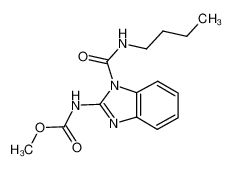







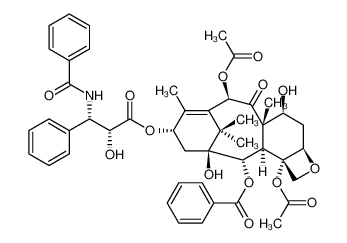
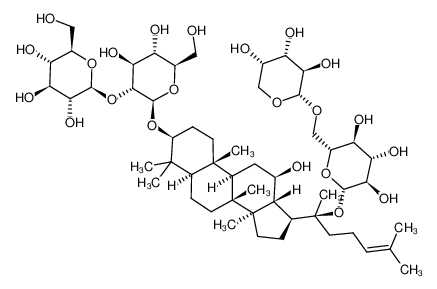
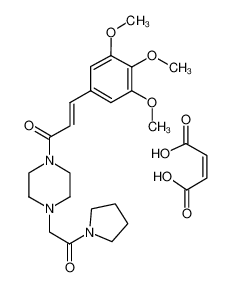
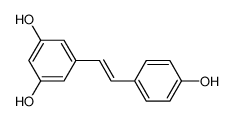

-
-

-
-
-

-
-
-

-
-
-
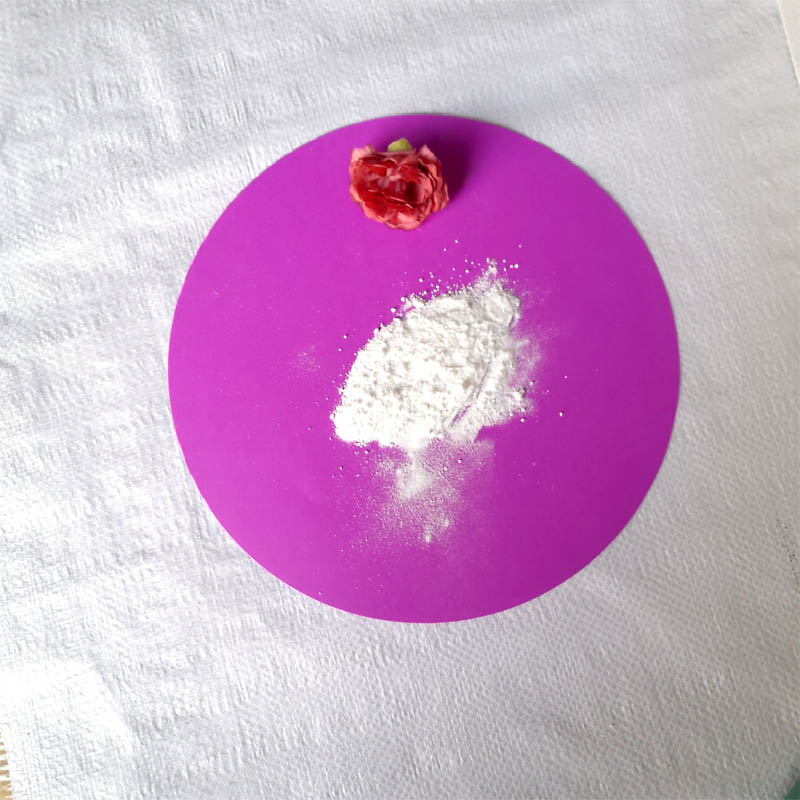
-
-
-

-
-
-

-
-
-

-
-
-

-
-
-

-
-
-

-
More Suppliers>>Hangzhou J&H Chemical Co., Ltd.
CHINA
Purity: 98%
Lead Time: 14 Day(s)
Price: -
CHINA
Purity: 99%
Lead Time: 14 Day(s)
Price: -
Hangzhou Bingochem Co., Ltd.
CHINA
Purity: 98%
Lead Time: 7 Day(s)
Price: -
CHINA
Purity: 99%
Lead Time: 3 Day(s)
Price: Min $100 /kg
Changzhou Kaiqiao Biotechnology Co.Ltd..
CHINA
Purity: 95%
Lead Time: 1 Day(s)
Price: Min $13 /kg
Guizhou Dida science and technology co., LTD
CHINA
Purity: 98%
Lead Time: 3 Day(s)
Price: -
Shanghai Yusi Chemical Co., Ltd.
CHINA
Purity: 97%
Lead Time: 10 Day(s)
Price: Min $96.33 /g
Shanghai Yusi Chemical Co., Ltd.
CHINA
Purity: 97%
Lead Time: 10 Day(s)
Price: Min $333 /g
Saan Chemical Technology (Shanghai) Co., Ltd.
CHINA
Purity: 96%
Lead Time: 1 Day(s)
Price: Min $214.31 /mg
SHANGHAI DENGCHI INTERNATIONAL TRADE CO.,LTD
CHINA
Purity: 95%
Lead Time: 7 Day(s)
Price: Min $109.08 /g